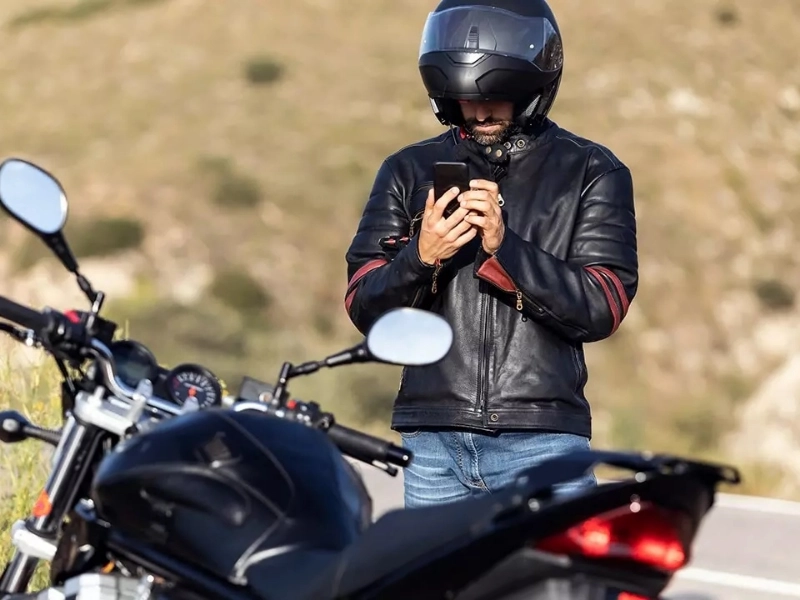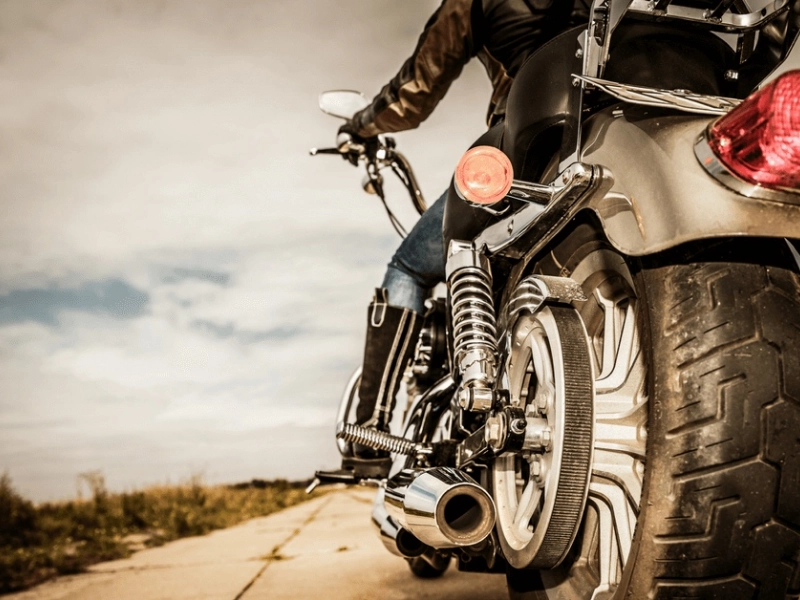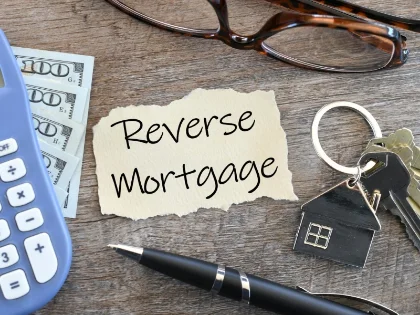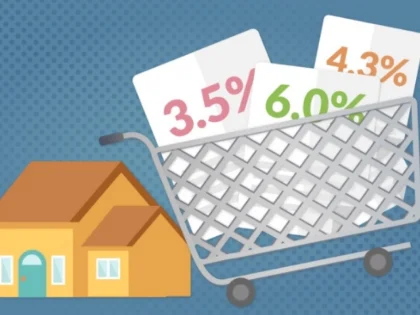The Basics Of Motorcycle Insurance: What Every Rider Needs To Know
Your insurance company will consider several things, whether you ride a brand-new custom bike or an ancient Honda. These consist of your driving history, age, and location. Although most riders must have liability insurance, it's also important to think about getting comprehensive and uninsured motorist coverage. This article will help you choose the appropriate coverage for your bike.
Insurance Against Liability

Entire Coverage
 Most states require liability insurance, which covers damages and injuries you cause to other people in an accident. Even in the event that you are not at fault for an accident, there are still various coverages that can help keep you and your bike safe.
In the event that your motorbike is destroyed by something other than a collision, including theft or vandalism, comprehensive and collision insurance coverages can assist in covering the cost of replacement or repairs. This kind of insurance is crucial, particularly if your motorcycle is brand new or highly valued.
Motorcyclists can tailor their insurance to suit their risk tolerance and budget by selecting optional limits and coverages. Talk with a GEICO agent to create the ideal insurance plan for you and learn more about the coverages available for your new bike.
Most states require liability insurance, which covers damages and injuries you cause to other people in an accident. Even in the event that you are not at fault for an accident, there are still various coverages that can help keep you and your bike safe.
In the event that your motorbike is destroyed by something other than a collision, including theft or vandalism, comprehensive and collision insurance coverages can assist in covering the cost of replacement or repairs. This kind of insurance is crucial, particularly if your motorcycle is brand new or highly valued.
Motorcyclists can tailor their insurance to suit their risk tolerance and budget by selecting optional limits and coverages. Talk with a GEICO agent to create the ideal insurance plan for you and learn more about the coverages available for your new bike.
Insurance Against Collisions
 Your motorbike carries special threats of its own, just like a car does. Some riders prefer to buy liability only, while others go for a full-coverage policy that includes collision, comprehensive, and, in some cases, personal injury protection (PIP).
Up to the policy limitations, liability coverage reimburses you for the harm you cause to third parties during an accident. Conversely, collision coverage assists in covering the cost of repairing your bike in the event that it sustains damage from an incident other than a collision, such as theft or vandalism. Usually, it pays up to your bike's Kelley Blue Book value, less any applicable deductible.
Additional benefits of full-coverage policies include medical payments, which may cover your injuries and/or those of your passengers in the event of an accident, and roadside assistance, which may pay for costs like a tow or jump start. Additionally, if you have a spotless driving record, your premiums will probably be reduced because insurance will consider your riding history.
Your motorbike carries special threats of its own, just like a car does. Some riders prefer to buy liability only, while others go for a full-coverage policy that includes collision, comprehensive, and, in some cases, personal injury protection (PIP).
Up to the policy limitations, liability coverage reimburses you for the harm you cause to third parties during an accident. Conversely, collision coverage assists in covering the cost of repairing your bike in the event that it sustains damage from an incident other than a collision, such as theft or vandalism. Usually, it pays up to your bike's Kelley Blue Book value, less any applicable deductible.
Additional benefits of full-coverage policies include medical payments, which may cover your injuries and/or those of your passengers in the event of an accident, and roadside assistance, which may pay for costs like a tow or jump start. Additionally, if you have a spotless driving record, your premiums will probably be reduced because insurance will consider your riding history.
Uninsured Driver Protection
 When a driver with inadequate or no insurance causes an accident, you are financially protected by underinsured motorist coverage (UIM) and uninsured motorist coverage (UM). Collision coverage is frequently offered in addition to or instead of UM/UIM.
In the event that you are struck by an uninsured or underinsured driver, it can pay for your medical bills, pain and suffering, lost wages, and other covered damages. Your UM/UIM coverage's limitations frequently correspond to your liability insurance and are less than half as much.
In the event that you are struck by an at-fault driver who does not have enough property damage insurance, several states additionally provide uninsured motorist property damage coverage, which covers the cost of replacing or repairing your motorbike. Rates vary by state depending on how many drivers operate a vehicle without insurance. Unlike collision coverage, UMPD usually does not have a deductible. Stacking, which increases your coverage limits when you insure more than one car under a single policy, is also allowed. Compared to purchasing additional insurance, this can significantly increase your UM/UIM coverage limits at a lower cost.
When a driver with inadequate or no insurance causes an accident, you are financially protected by underinsured motorist coverage (UIM) and uninsured motorist coverage (UM). Collision coverage is frequently offered in addition to or instead of UM/UIM.
In the event that you are struck by an uninsured or underinsured driver, it can pay for your medical bills, pain and suffering, lost wages, and other covered damages. Your UM/UIM coverage's limitations frequently correspond to your liability insurance and are less than half as much.
In the event that you are struck by an at-fault driver who does not have enough property damage insurance, several states additionally provide uninsured motorist property damage coverage, which covers the cost of replacing or repairing your motorbike. Rates vary by state depending on how many drivers operate a vehicle without insurance. Unlike collision coverage, UMPD usually does not have a deductible. Stacking, which increases your coverage limits when you insure more than one car under a single policy, is also allowed. Compared to purchasing additional insurance, this can significantly increase your UM/UIM coverage limits at a lower cost.








